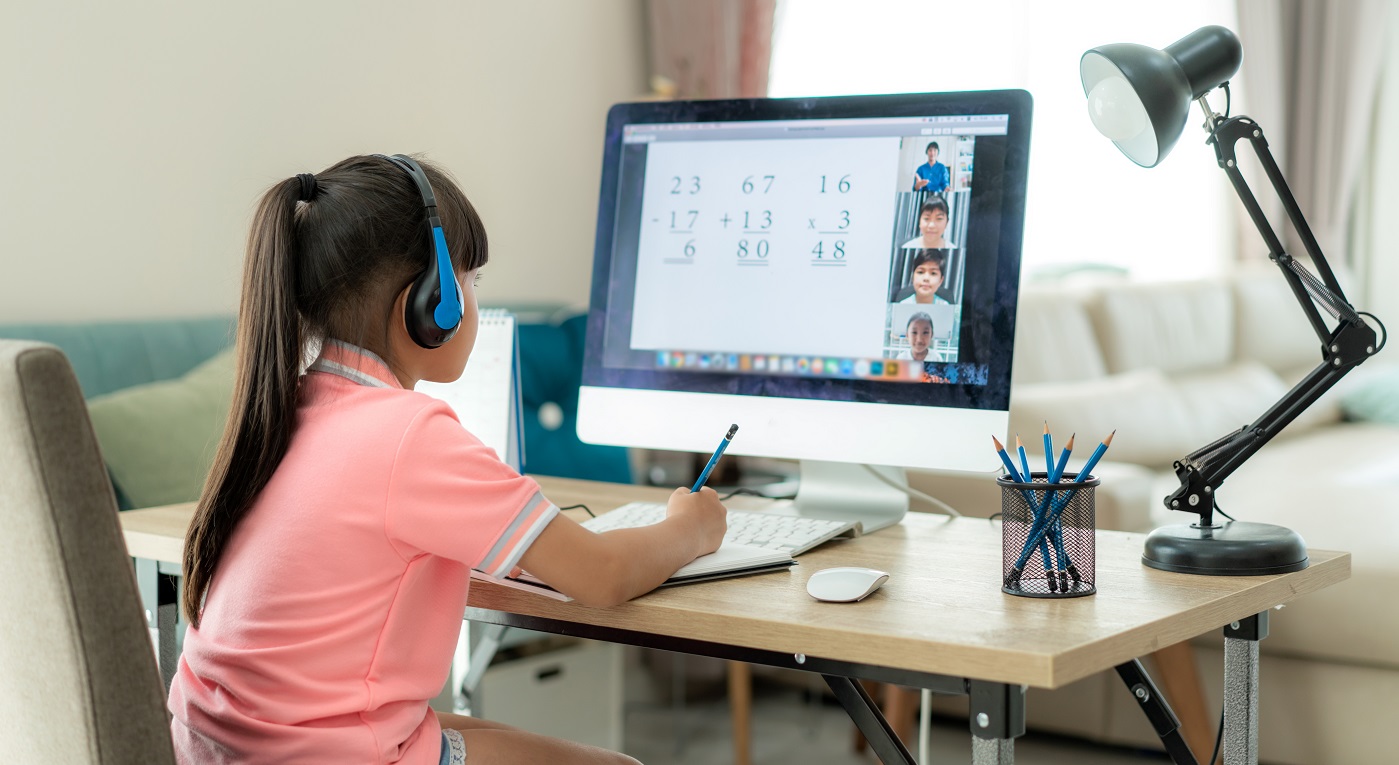It’s September, and that means educators and students across the country are just beginning to get into the swing of things. Teachers and students are just getting to know one another and settle into the new school year, but this year is unlike any school year in modern history.
In many school districts across the country, teachers and students may not even physically meet thanks to the COVID-19 pandemic. Using video conferencing and many of the same technology used by the enterprise for hybrid and remote work, many students are learning remotely either full time or part of the time.
Because of this rapid demand for conferencing technology. schools are now looking to AV providers now more than ever.
The K-12 education technology divide
However, educators and school leaders are typically unfamiliar with the technology and devices needed to ensure that hybrid learning will be a success, says Bob Knauf, a senior product marketing manager and product success manager at hardware company Poly that is offering education bundles and other initiatives to help schools adjust to the pandemic.
According to Knauf, many schools in the spring learned the hard way that remote learning requires more than just emails and built-in laptop webcams and microphones.
“Everyone was kind of caught flat footed a little bit back in March, and they kind of threw together a hodgepodge plan,” Knauf says.
The reasons for that are varied. In some cases, school districts didn’t have the technology – or the budget – to fund upgrades like PTZ cameras, microphones, and other necessary conferencing equipment. In other cases, it was the students who lacked simple endpoint devices from which to learn and connect to their teachers.
In some cases, either party had the necessary technology. That resulted in school districts scrambling to adopt a videoconferencing platform like Zoom, Google Meet or Microsoft Teams and hand out Chromebooks or other devices to students.
According to Knauf, many districts the company has worked with had already been developing a distance learning plan before the pandemic, but few of them were on the books in March, and most of them keep kicking the can down the road.
“Now, we have (COVID-19) and it’s like throwing gasoline on the fire to get them started,” Knauf says.
Read Next: How AV Technology Enhances Virtual Learning
Those built-ins aren’t enough
In most cases, using a simple webcam or a laptop’s built in camera to teach remote learners while simultaneously teaching in-person students is a challenge.
According to Knauf, the most important thing teachers and students need are solutions that help them feel as normal as possible. A sedentary webcam doesn’t accomplish that.
“If you have a simple webcam, that’s one thing,” Knauf says. “They can have a really high quality webcam, but you’re still stuck behind the desk.”
PTZ cameras – or all-in-one video bar solutions – provide teachers with the technology they need to get up, use the whiteboard and walk around the classroom like they normally would. The camera will follow the educator around the room so they don’t have to worry about making sure remote learners are following along.
“The camera is going to follow you around the room, and you don’t have to worry about what you’re doing,” Knauf says. “Maybe you’re showing something on a whiteboard. “It gives the (remote) participants kind of a natural feeling of being in the class.”
Perhaps even more important is audio, Knauf says.
Again, educators and students were left using their built-in microphones on their laptops or consumer-grade headphones. That can be distracting in home with several remote learners, or when a remote educator is competing with others in the house for noise control.
Noise-cancelling headsets help block out unwanted noises for both the teacher and learner.
“A headset can make such a huge difference,” Knauf says. “The audio quality, just for your own voice as well as blocking out unwanted noise can keep those students at home from getting fatigued.”
Demonstrating the difference to get buy-in
School districts are already one of the most underfunded public institutions in the country, so convincing them to spend thousands on video bars, microphones, PTZ cameras and headsets can be a challenge.
Even when this technology is deployed, there will be a learning curve, Knauf says.
The best way to get buy-in from schools and educators is to demonstrate the difference between what educators were using in the spring as they scrambled to use what they had, what is available on the market.
“The way we’re selling the technology is just demonstrating the difference between good and good enough,” Knauf says. “What’s good enough for many people is a PC or a Mac’s built-in camera. They’re good … and have come a long way, but there are so many things missing.”










